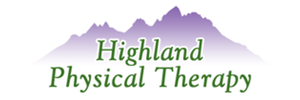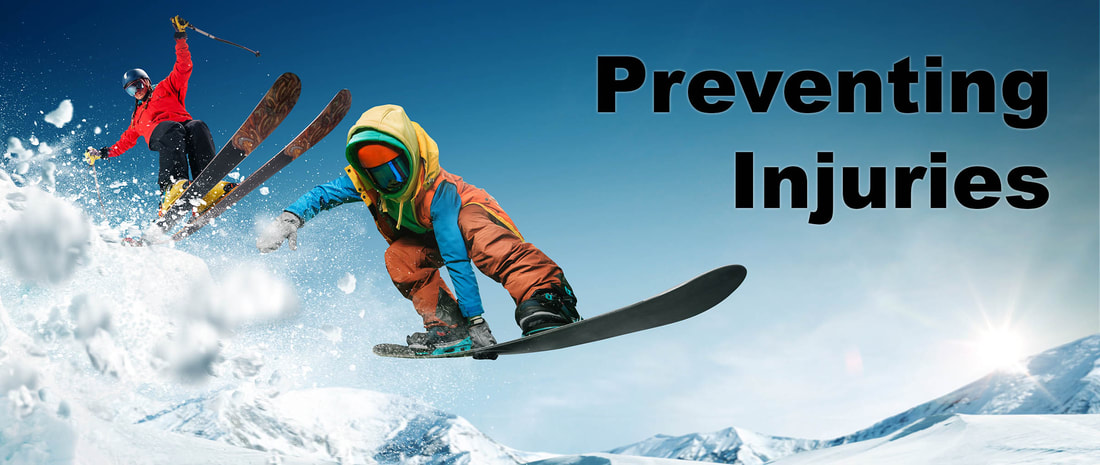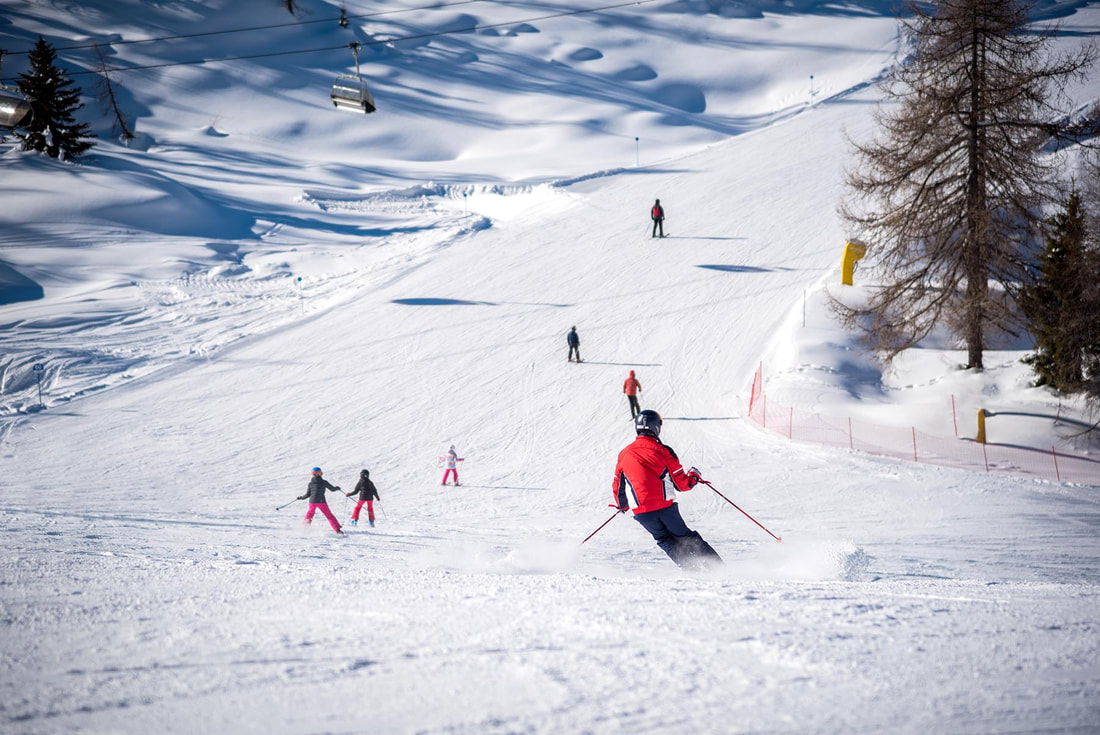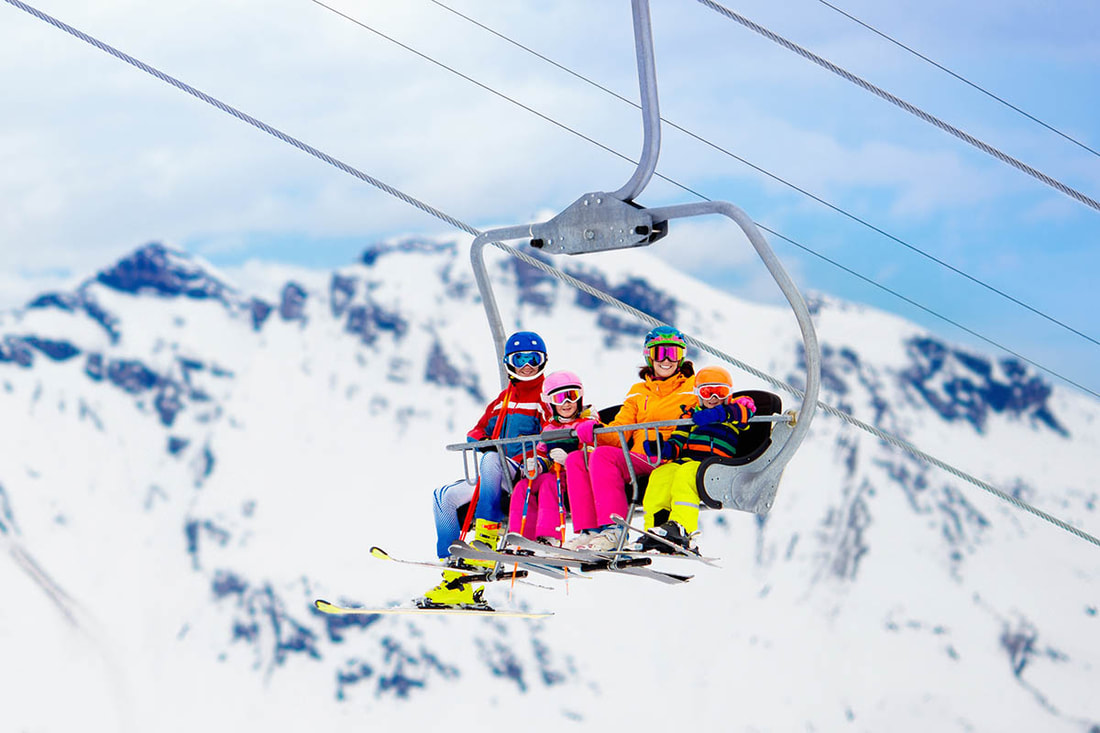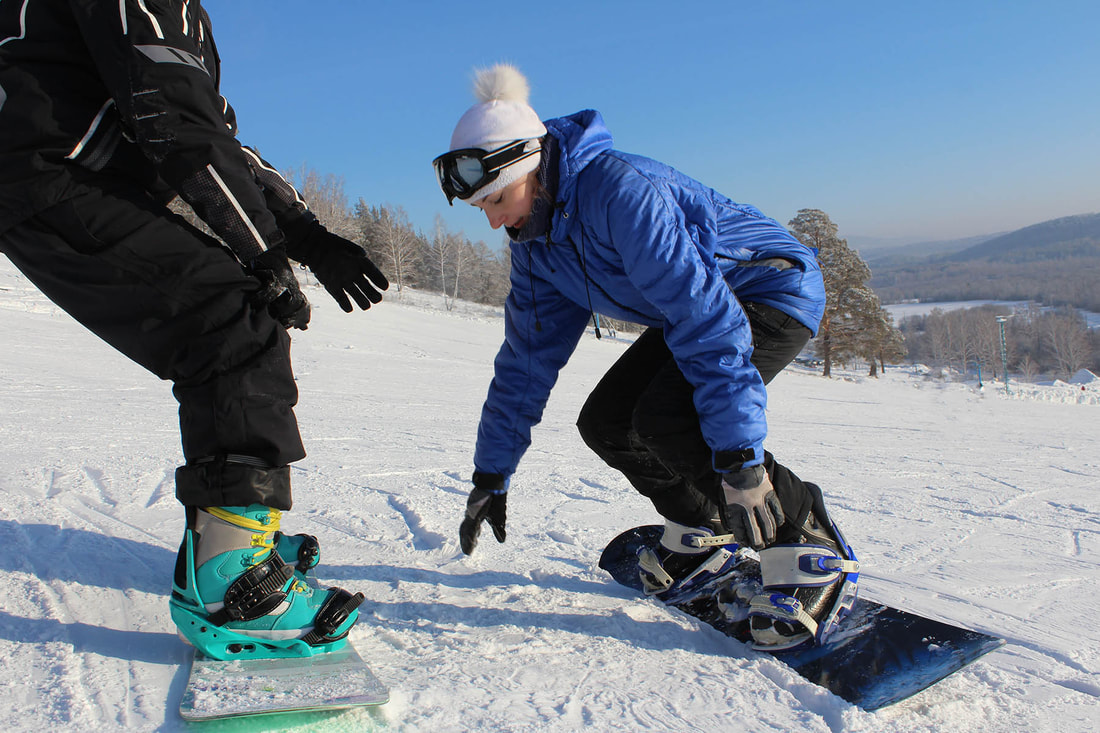Skiing and snowboarding is fun, and what better way to do it more than to keep yourself from injury? Here are a few tips to keep you safe on the hill.
Know before you Go
Look up the weather and ski conditions before you head up the hill so you won’t be blindsided. Foggy conditions, flat light, night skiing, precipitation, and goggle-fogging all affect visibility, and what you can’t see can hurt you. Choosing the proper terrain for yourself and your entire group minimizes the risk of injury. Ski/board the terrain suited to your least skilled group member. Choosing terrain with appropriate rock, ice, pitch, man-made vs. natural snow, and off-piste vs on-piste can customize your difficulty level for the right fit. Have a map of the area handy to designate meeting spots, plan and scout runs, assess terrain difficulty, and help yourself or others from getting lost. Additionally, maps often have telephone numbers to contact staff including ski patrol when you need help on the hill.Â
Look up the weather and ski conditions before you head up the hill so you won’t be blindsided. Foggy conditions, flat light, night skiing, precipitation, and goggle-fogging all affect visibility, and what you can’t see can hurt you. Choosing the proper terrain for yourself and your entire group minimizes the risk of injury. Ski/board the terrain suited to your least skilled group member. Choosing terrain with appropriate rock, ice, pitch, man-made vs. natural snow, and off-piste vs on-piste can customize your difficulty level for the right fit. Have a map of the area handy to designate meeting spots, plan and scout runs, assess terrain difficulty, and help yourself or others from getting lost. Additionally, maps often have telephone numbers to contact staff including ski patrol when you need help on the hill.Â
Be Prepared Dress warmly in layers with nothing hanging off, such as that colorful scarf or strappy backpack that could get caught on the lift leaving you dangling – oooof! Hand warmers and boot warmers are oh so cozy and sometimes a must for children, who are more vulnerable to temperature extremes. Have proper restraints for fly-away equipment such as ski brakes and snowboard bindings, and proper tuning and settings for current height, weight, conditions and ability. Should you fall, which we all do, know that head concussion is quickly escalating as a common form of injury amongst skiers and snowboarders. Always wear a helmet, and be aware of increased head injury risk when performing aerial stunts and jumps. Consult a physical therapist to help treat the aftermath of head injury including concussion.
Access Expertise An experienced professional skier or snowboard instructor can prevent personal injury by choosing and educating you on the proper terrain, technique, and equipment adjustments that will result in the most fun. Even outside of a formal lesson, they can answer questions like “Can I just stay on the lift and ride down instead of skiing?â€. So don’t hesitate to ask. Know about lift safety. Have a good idea about how to load a lift, with children closest to the lift operator and with an adult. Knowing how to get on and off the lift can prevent falls. Be prepared when mounting and dismounting the chair, and preventing your jammed ski edges twisting your legs with the lift pulling you, or falling from the lift at heights in wind and due to wiggling. Know how to alert ski patrol to your location by paying attention to the lift chair and pole numbers, and have a general idea of what to do if you get stuck on the lift for prolonged periods of time. While riding the lift, you may wonder – who is bombing the mountain? Consulting ski patrol to understand boundaries and basic avalanche prevention guidelines. This will come in handy when you’re wondering what these blasts and boundary lines mean.​
Train. Using the bunny hill or the magic carpet as warm up or seasonal strengthening terrain can increase your fitness as you skate, sidestep uphill, carve, and float in low-incline powder pillows. Skiing injuries, most commonly ACL tears, are strongly associated with poor fitness level as well as gender. Schedule a physical therapy appointment to assess and address your risk of injury due to strength, endurance, cardiorespiratory health, and balance deficits.
Ride Sober. Don’t drink alcohol or use recreational or unnecessary prescription drugs on the hill, whether skiing or riding or driving to and from the mountain. Should you have any questions regarding your prescription medication compatibility with skiing, consult your primary care provider and your pharmacist.
​References: Image: https://snowheads.com/ski-forum/viewtopic.php?t=117128Courtney Carmichael, PT, DPT, Michelle Appelle, PT, OCS. Winter Sport Injury Prevention – PSIA-AASI (psia-w.org) 3 December 2016. PSAI AASI Western Division
Ride Sober. Don’t drink alcohol or use recreational or unnecessary prescription drugs on the hill, whether skiing or riding or driving to and from the mountain. Should you have any questions regarding your prescription medication compatibility with skiing, consult your primary care provider and your pharmacist.
​References: Image: https://snowheads.com/ski-forum/viewtopic.php?t=117128Courtney Carmichael, PT, DPT, Michelle Appelle, PT, OCS. Winter Sport Injury Prevention – PSIA-AASI (psia-w.org) 3 December 2016. PSAI AASI Western Division
